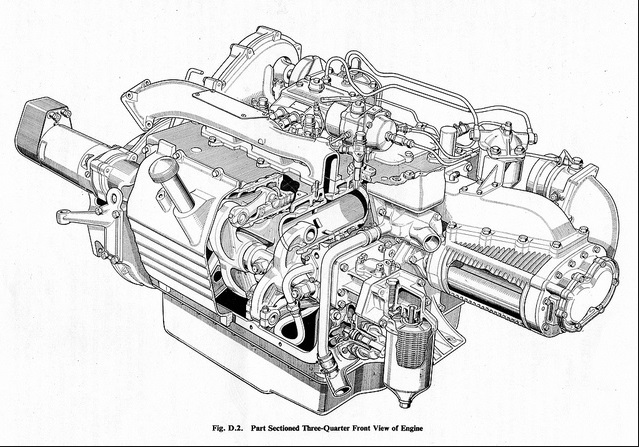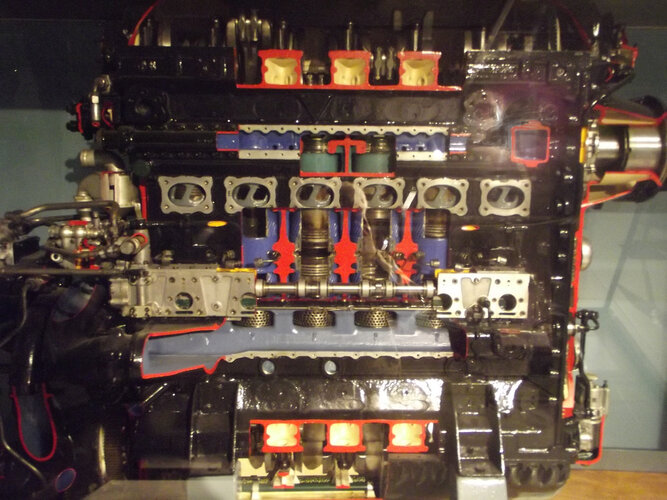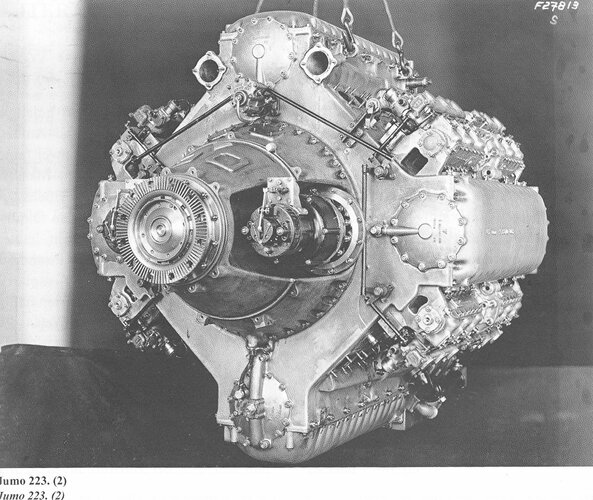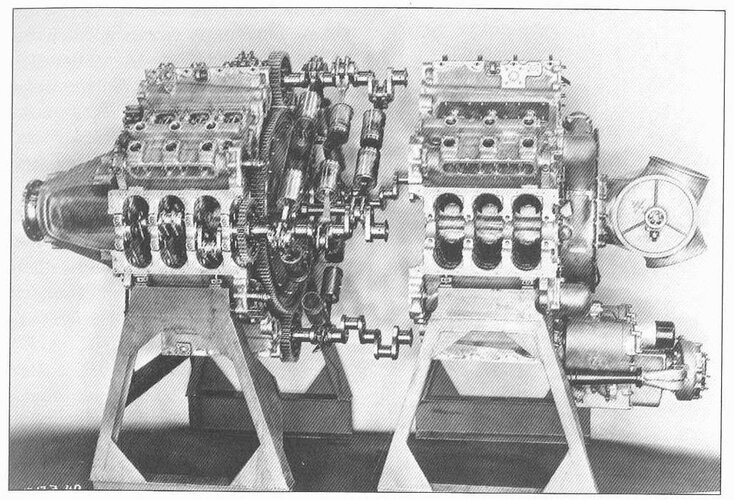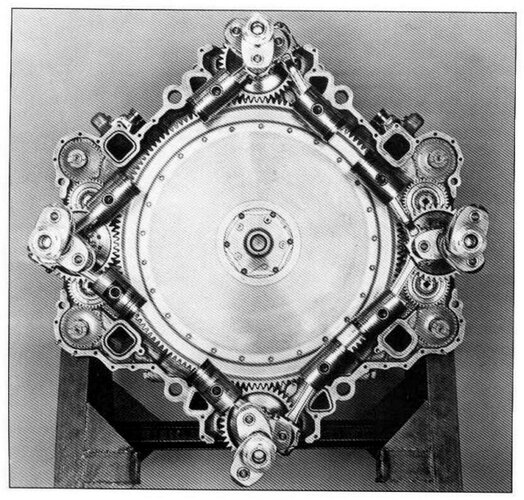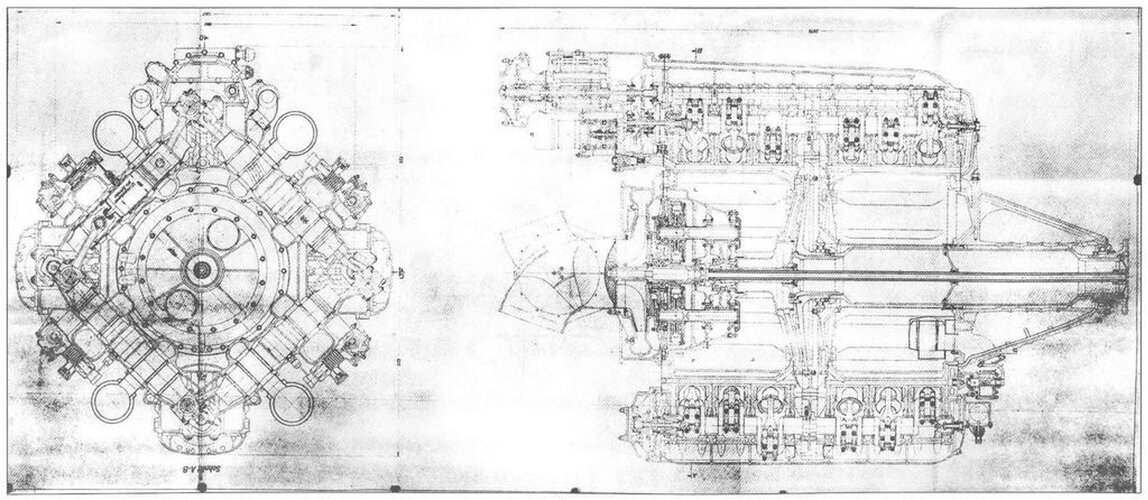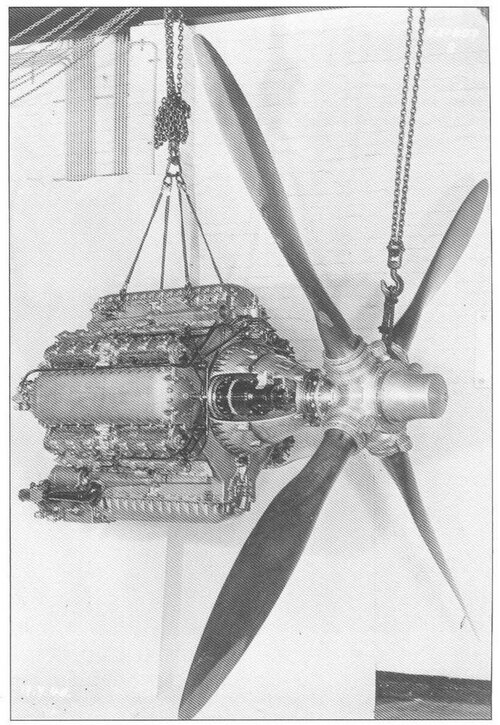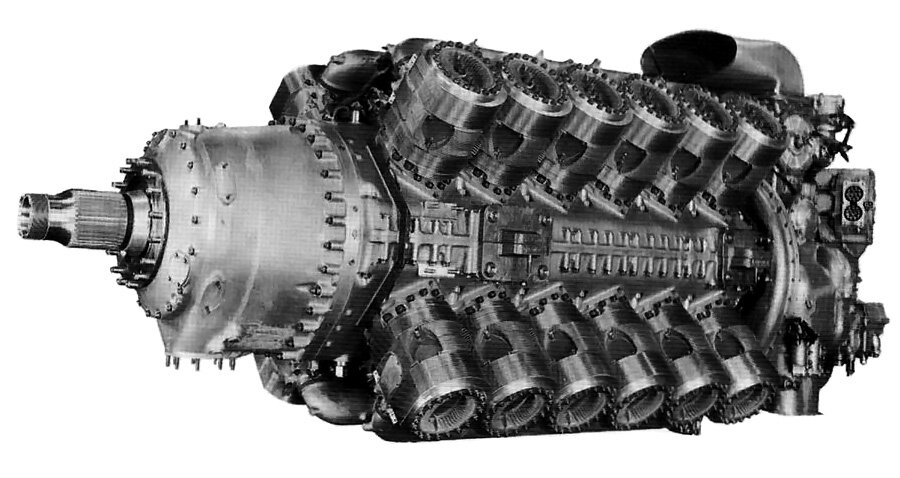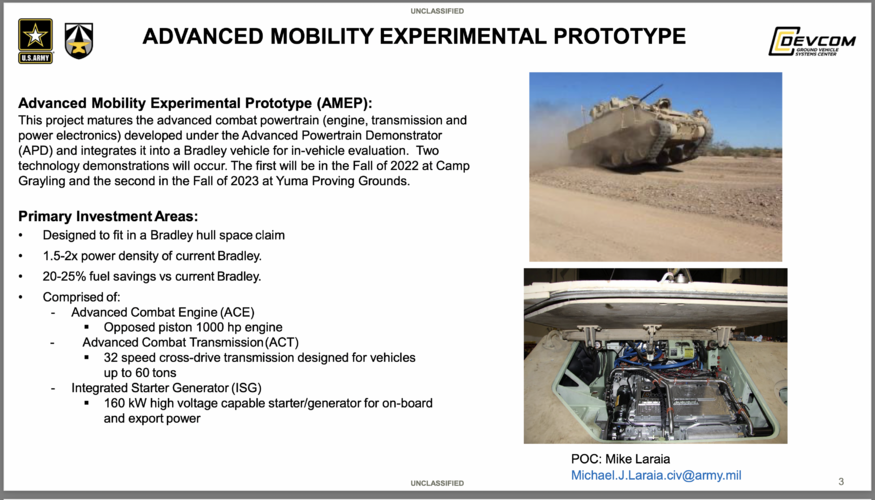It needed a scavenging pump, as do all two-stroke engines.
Is that an uncommon thing? Many engines have them. But not all two-strokes do, or at least they did not at one time.
All current two-stroke engines have a scavenging pump*; I believe that all two-strokes require one, but there may have been two-strokes without a scavenging pump in the past.
----
* Most commonly, small two-strokes are crankcase scavenged, which means that the crankcase (and the bottoms of the pistons) are the scavenging pump.
Really? Do you have a reference for that?
A common trick with two-strokes is, or was, to introduce the fuel-air mixture into the crank case. A channel is cut in the cylinder wall so that when the piston descends, it forces the mixture up through the channel and into the combustion chamber. In this design, oil mist in the crank case has to be avoided as it would contaminate the combustion mixture. There is thus nothing to scavenge and idea that this is a "scavenging pump" action is nonsense.
Lubrication of the crank bearings and cylinder walls may be achieved in either or both of two ways, by introducing oil channels direct to the bearing surfaces and/or by introducing an immiscible oil mist (typically castor oil) into the combustion mixture (typically by adding to the fuel in the tank; when the fuel evaporates, the oil becomes a mist). Waste oil may be gathered in a sump for recirculation via a plain old oil pump, or (especially if it is supplied constantly with the fuel) allowed to drain off as a total-loss system. It is a mistake to regard a simple oil circulation pump as a scavenging pump, as the ordinary pump circulates liquid, relies on the presence of an oil bath in a sump and is preceded only by an oil filter in the line, whereas a scavenging pump circulates a much greater volume of air-oil mixture and must be followed by a separator.
A scavenging pump is only needed in higher-performance engines (whether two- or four-stroke), and where the fuel-air mixture is fed direct to the combustion chamber via an intake port, valve and/or fuel injector (such as all Diesels). Here, oil may accumulate in the crank case and splash around. This is tolerated, even intentional as part of the distribution system, in some designs. But for higher-powered engines significant amounts may get thrown up under the pistons and upset the engine balance. Hence it has to be scavenged and in bigger engines, in order to reduce ducting, several pumps may be fitted for this purpose.
It may well be that all current opposed-piston designs come into this last category, but whether they are two- or four-stroke is irrelevant to the need for scavenging.

